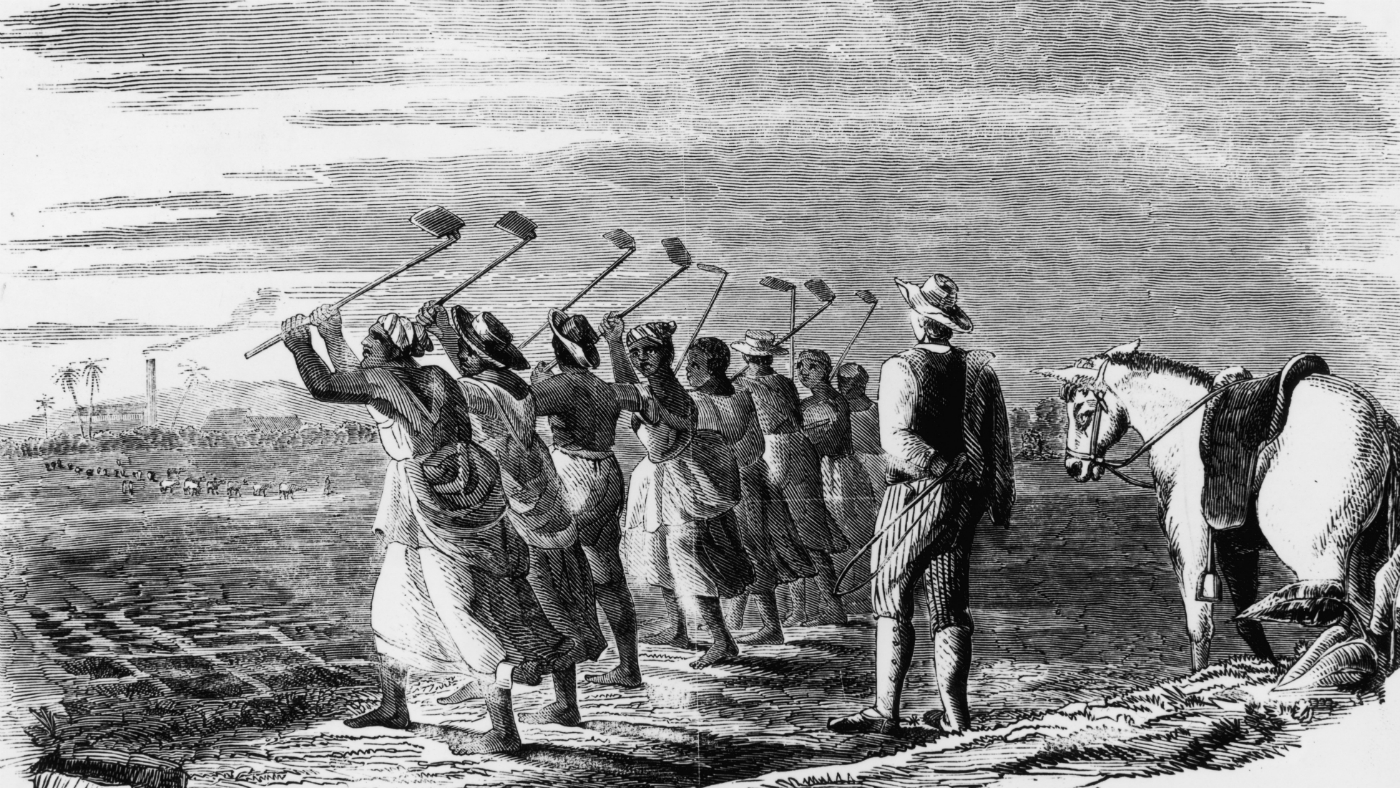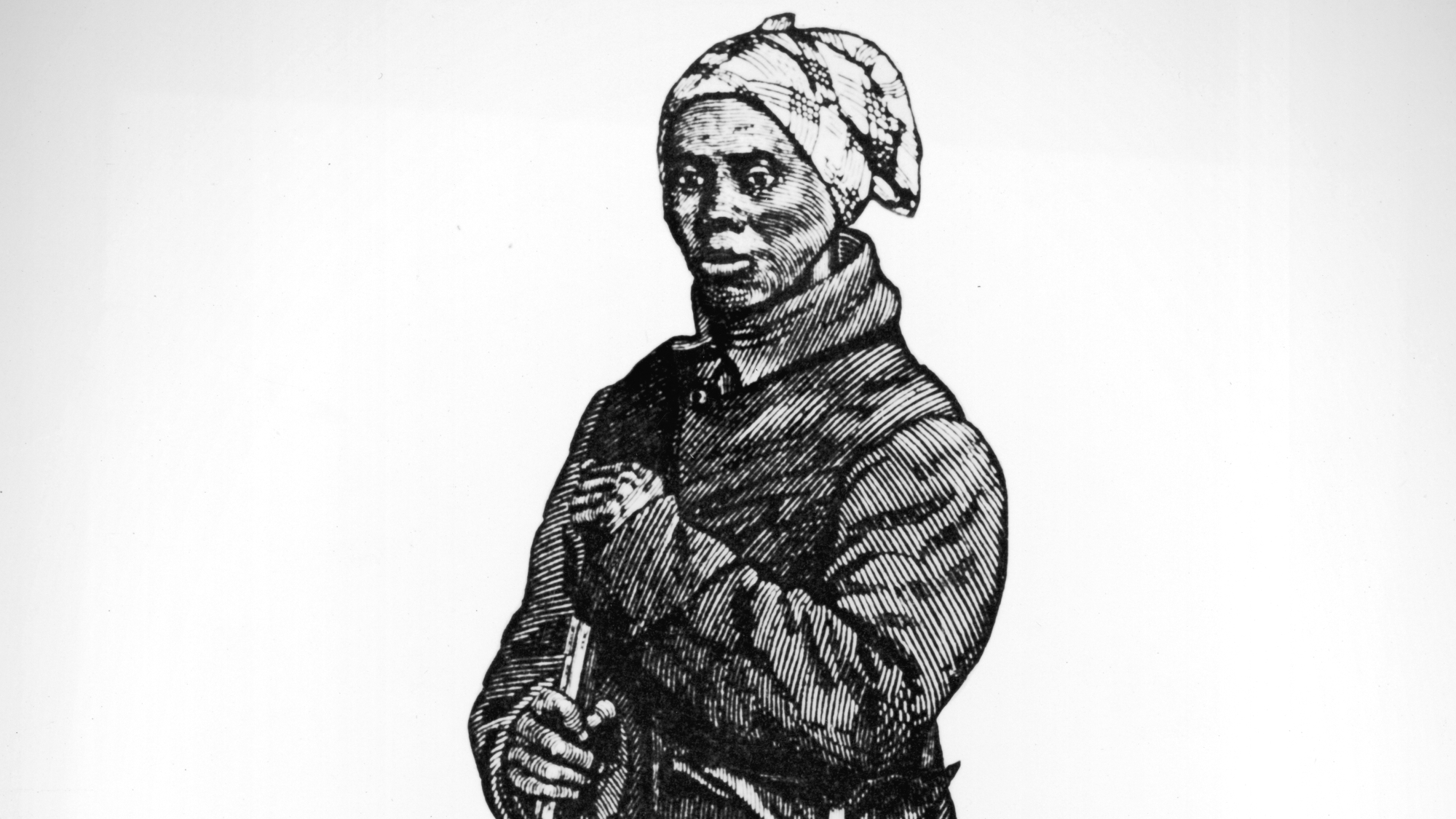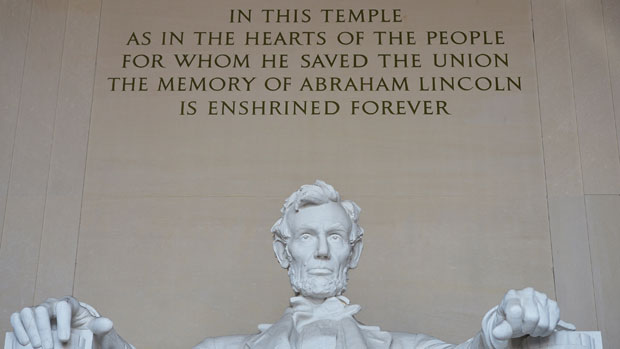How slavery was finally abolished across the British Empire
Today marks the 184th anniversary of the enactment of the Slavery Abolition Act

Exactly 184 years ago today more than 800,000 enslaved Africans in Britain’s colonies were declared free as the Slavery Abolition Act came into effect.
The Bill was the culmination of almost 50 years of attrition between abolitionist campaign groups and the pro-slavery lobby - and full emancipation was not granted to all until 1838.
So how was slavery finally abolished across the British Empire?
The Week
Escape your echo chamber. Get the facts behind the news, plus analysis from multiple perspectives.

Sign up for The Week's Free Newsletters
From our morning news briefing to a weekly Good News Newsletter, get the best of The Week delivered directly to your inbox.
From our morning news briefing to a weekly Good News Newsletter, get the best of The Week delivered directly to your inbox.
The first wave of abolitionists
During the course of the 18th century, the British “perfected” the Atlantic slave system, with up to three million Africans estimated to have been transported to British America between 1700 and 1810, says the BBC.
As slavery reached its peak, public opinion about the practice began to shift, thanks largely to a movement spearheaded by British religious groups.
The Society of Friends - now known as the Quakers - were one of the first groups to oppose the slave trade. Backed by politicians and campaigners including William Wilberforce, Thomas Clarkson, John Newton, Granville Sharp and Olaudah Equiano, the Quakers created the Society for Effecting the Abolition of the Slave Trade in 1787.
A free daily email with the biggest news stories of the day – and the best features from TheWeek.com
According to New Historian, the movement “was particularly motivated by the hypocrisy which saw slavery exist throughout the British Empire despite not being recognised in Britain itself”, following a famous 1772 ruling by Lord Chief Justice William Mansfield which held that chattel slavery was unsupported by the common law in England and Wales.
The abolitionists wrote educational literature, lobbied and produced witnesses to testify to Parliament in a bid to support their cause - tactics also used by the pro-slavery lobby.
In the wake of Mansfield’s judgment, the abolitionist movement won its first major success in 1807 when Parliament passed the Slave Trade Act, which made it illegal for British ships to be involved in the slave trade. But lax enforcement and meagre fines meant that the new law failed to stop the trafficking of slaves.
The second wave
As public opinion continued to turn against slavery, its economic importance also began to decline. Britain’s economy was “no longer dependent on the triangular trade”, explains the BBC, and new sources of wealth opened up with the growth of new industries during the Industrial Revolution.
The 1820s and early 1830s also saw “a strong network of women’s anti-slavery associations develop”, with more than 70 such groups supplying a constant stream of information to rouse public opinion against slavery, reports the National Archives.
By 1824 there were more than 200 branches of the Anti-Slavery Society in Britain.
Additionally, the role played by many slaves themselves in bringing slavery to an end is “often overlooked”, adds the British Library website, but resistance among slaves in the Caribbean was not uncommon. These rebels, who faced harsh punishments, helped pave the way for the final push to abolish slavery for good.
The Abolition Act
The Reform Act of 1832 brought an end to the old system whereby most MPs were allowed to buy their seats in Parliament, sweeping away many of the old pro-slavery MPs. The newly reformed Parliament immediately set about passing the Slave Emancipation Act, which received Royal Assent on 28 August 1833.
However, while the wheels were now in motion, slaves would still be subjected to a further four years of “apprenticeship” to their former owners, The Independent says.
During this time, certain policies restricted the hours that enslaved “apprentices” could be made to work and the punishments that “masters” could inflict upon them, but the slaves were still bound to work for their “former” owners.
All enslaved people across the British Empire finally gained their freedom at midnight on 31 July 1838. Plantation owners received compensation in the form of a government grant set at £20,000,000. By contrast, those emancipated received nothing and continued to face much hardship.
-
 7 hot cocktails to warm you across all of winter
7 hot cocktails to warm you across all of winterthe week recommends Toddies, yes. But also booze-free atole and spiked hot chocolate.
-
 Video games to tackle this winter, including Marvel Cosmic Invasion and Metroid Prime 4: Beyond
Video games to tackle this winter, including Marvel Cosmic Invasion and Metroid Prime 4: BeyondThe Week Recommends A new entry for the Metroid Prime series makes it out of development hell, plus sequel that brings back the chaotic comedic timing of ‘High on Life’
-
 Received a windfall? Here is what to do next.
Received a windfall? Here is what to do next.The Explainer Avoid falling prey to ‘Sudden Wealth Syndrome’
-
 Harriet Tubman made a general 161 years after raid
Harriet Tubman made a general 161 years after raidSpeed Read She was the first woman to oversee an American military action during a time of war
-
 What caused the American Civil War?
What caused the American Civil War?In Depth Fight between northern Union states against those in the south ‘determined what kind of nation the US would be’